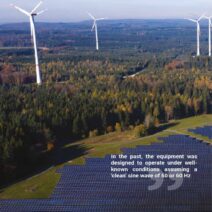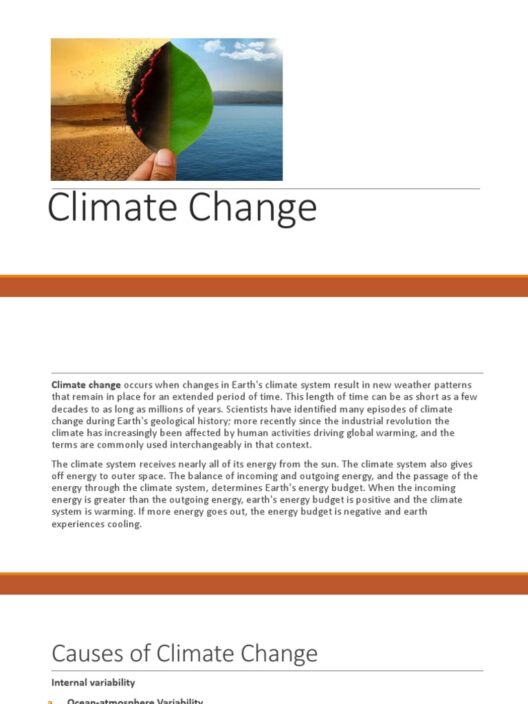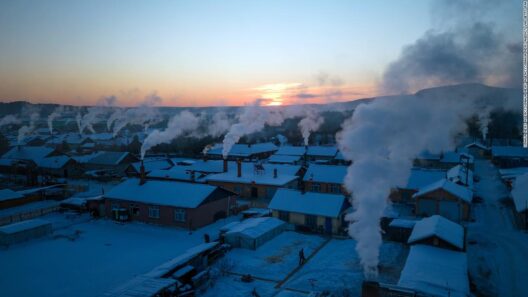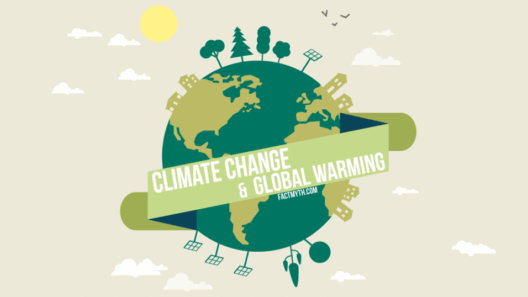South America is a continent rich in biodiversity, breathtaking landscapes, and vibrant cultures. However, as global warming accelerates, these aspects of South America are increasingly threatened. The warming climate engenders a myriad of changes, both visible and insidious, to the continent’s ecosystems, communities, and economies. This article delves into the various dimensions of global warming’s impact on South America, while posing the question: How will we adapt to the inevitable changes that climate change presents?
The topography of South America is as diverse as its ecosystems. From the Andes mountains towering majestically to the expansive Amazon rainforest, and the arid Atacama Desert in the north, the continent offers a kaleidoscope of environments. However, these varied landscapes are not immune to the climatic shifts induced by global warming. According to scientific research, average temperatures in South America are rising at a rate exceeding the global average. This warming trend leads to accelerated glacial melt, particularly in the Andes, which historically served as a crucial water source for millions.
As the glaciers retreat, the immediate consequence is the reduction of freshwater resources. Communities relying on glacial melt for their water supply are now facing unprecedented challenges. The resulting water scarcity could engender social unrest and heightened competition for dwindling resources. In the Andean region, where water is essential for agriculture, these challenges become even more pronounced. Will farmers shift their cultivation practices to adapt, or will they struggle against the dwindling supply?
Moreover, the Amazon rainforest, often dubbed the “lungs of the Earth,” faces existential threats. This biodiverse habitat acts as a carbon sink, absorbing significant amounts of CO2. However, rising temperatures and deforestation associated with agricultural expansion propel a vicious cycle where the forest becomes more susceptible to fires and degradation. Witnessing this transformation raises a thought-provoking question: Can we prioritize economic development while maintaining the integrity of the Amazon ecosystem?
In addition to the direct impact on ecosystems, global warming exacerbates extreme weather events across South America. From the deluge of rainfall in some areas to the debilitating drought in others, climate change enhances the unpredictability of weather patterns. Cities like São Paulo have faced both flood calamities and water shortages within short timeframes, emphasizing the paradox of climate change’s effects. The repercussions for urban planning and infrastructure are clear. Adaptation strategies must be cultivated to mitigate these effects while fostering resilient urban environments.
The agricultural sector, a cornerstone of South America’s economy, faces dire consequences due to climate variability. Crops such as coffee, cocoa, and soy are sensitive to temperature fluctuations and shifting rainfall patterns. Droughts have already prompted farmers in regions like central Argentina to rethink their practices. Biotechnological innovations may offer pathways to more resilient crops, yet challenges in access and education can hinder these advancements. What innovative strategies can be implemented to ensure that farmers not only survive but thrive in an era of climate change?
Moreover, indigenous communities whose ancestral lands and traditional ways of life are affected by climate change face unique challenges. Their deep connection to the land dictates a profound respect for natural resources, yet they often lack the advocacy needed to combat encroachment and degradation. The intersection of climate justice and indigenous rights becomes paramount. How can their voices be amplified in the fight against climate change, ensuring they are considered partners in developing sustainable solutions?
Transboundary issues also arise as neighboring countries in South America share vital water resources, especially in river basins like the Amazon and the Paraná. Climate change could foster tensions over shared water access, prompting diplomatic negotiations. Collaborative approaches may be necessary to renegotiate water-sharing agreements and build cooperative frameworks that respond to the fluctuations in river flows resulting from climate-induced alterations.
Tourism, another key sector in South America’s economy, is also vulnerable. The stunning landscapes attract millions of visitors each year. However, as global warming alters these vistas, the allure may diminish. The melting glaciers of Patagonia and the changing habitats in the Amazon could deter tourists, impacting local economies that depend on tourism revenue. What innovative sustainable tourism strategies will rise to meet this challenge, ensuring both environmental preservation and economic viability?
As South America grapples with these myriad challenges posed by global warming, a collective response is crucial. Regional organizations play vital roles in orchestrating collaborative efforts toward sustainability. Education and public awareness initiatives must also be prioritized, fostering a culture of environmental stewardship among communities. Addressing climate change is not merely an environmental issue but one that cuts through economic, social, and cultural fabrics. Every stakeholder must recognize their responsibilities in this multidimensional quest.
In conclusion, while global warming represents a formidable challenge to South America’s landscapes and communities, it also presents an opportunity to rethink our interactions with nature. The continent’s future cannot be left solely to governments or corporations; every individual, community, and organization has a part to play. The path forward will necessitate innovative solutions, collaboration, and a commitment to protecting the rich tapestry of life that South America offers. How we respond to these challenges today will shape the legacy we leave for generations to come.







